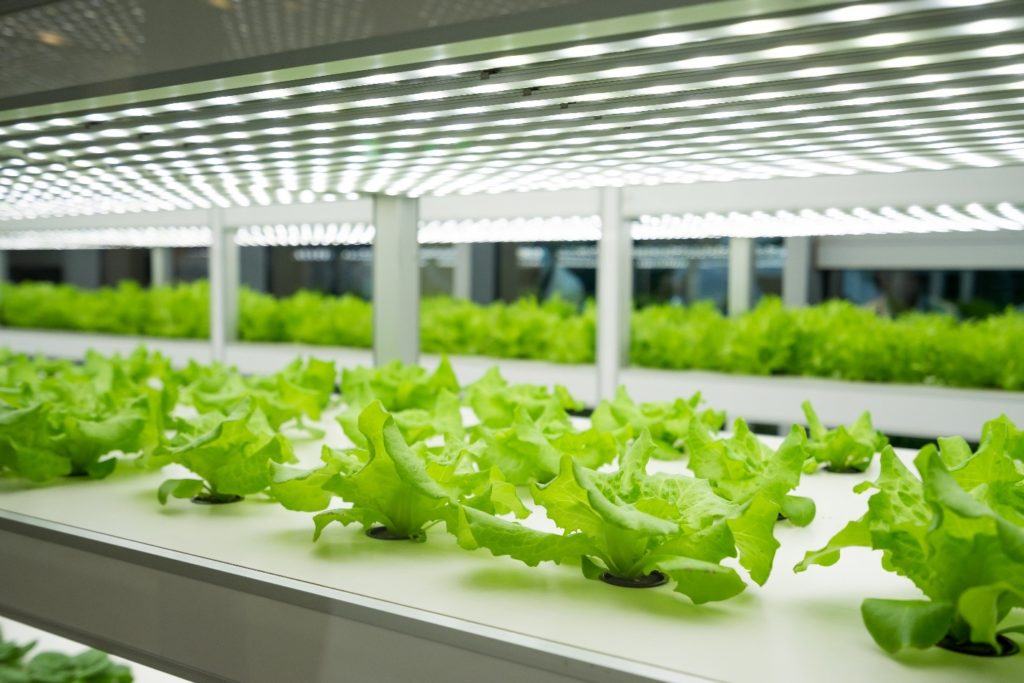Penny McBride has a uniquely kaleidoscopic view of agriculture. As a kid, McBride grew up on the large Colorado farm and ranch that her grandfather started.
Later, she worked as a chef at a restaurant in Jackson, Wyoming. After her time in the kitchen, McBride spent years launching Vertical Harvest, a three-story hydroponic indoor farm in Jackson.
Hydroponic farming is a plant-growing method that uses materials such as coconut fiber and peat moss instead of soil. Today, Vertical Harvest provides 100,000 pounds of fresh tomatoes, lettuce, and other produce each year to local restaurants and grocery stores.

To McBride, 2020 has highlighted the inadequacies of America’s traditional systems for growing and transporting food as well as the important role indoor agriculture will need to play in the future.
“With COVID, we’re really seeing the problems with our supply chains and that emphasizes the need for locally grown produce,” said McBride, who is now chief operating officer at Delaware-based Second Chances Farm, an indoor farm that provides training, mentoring, and employment to people who were formerly incarcerated.
Even before COVID-related supply chain disruptions resulted in some empty grocery store shelves, there was ample evidence of the environmental and nutritional shortcomings of a food system that depends on transporting food long distances. An often-cited study by Iowa State University found that 30 types of conventional produce traveled an average of nearly 1,500 miles from farm to point of sale. During transportation, produce can lose significant portions of its vitamin content. For instance, research by the University of California at Davis found that vegetables lose 15-77% of their vitamin C within a week of harvest.
Closer to home, PSO is currently partnering with EPRI to pilot an indoor agriculture project with a local non-profit, which should be announced later this year.
Many Potential Benefits of Indoor Agriculture
Indoor agriculture refers to the greenhouses, warehouses, converted or specially built shipping containers, and other indoor facilities that grow produce using a combination of electric lighting, HVAC equipment, building controls, automation, and, in some cases, artificial intelligence.
Indoor agriculture’s global growth is being driven by its numerous potential benefits. It eliminates fossil-fuel-powered farm equipment as well as the field runoff of fertilizer and pesticides that pollute rivers, streams, and oceans. It requires minimal to no soil, which is becoming increasingly important. The United Nations estimates that one-third of the world’s topsoil is degraded and the remainder could be rendered useless for agriculture within 60 years as a result of chemical-heavy farming, deforestation, and climate change.
Indoor agriculture also reduces the amount of water needed to produce crops. According to the Vertical Farming Institute, an industry trade group, vertical farms require up to 95% less water than traditional outdoor farms.
Read the article in its entirety and learn more about the benefits, challenges, implications for utilities and research being conducted by EPRI to further understand the impact of indoor agriculture.
